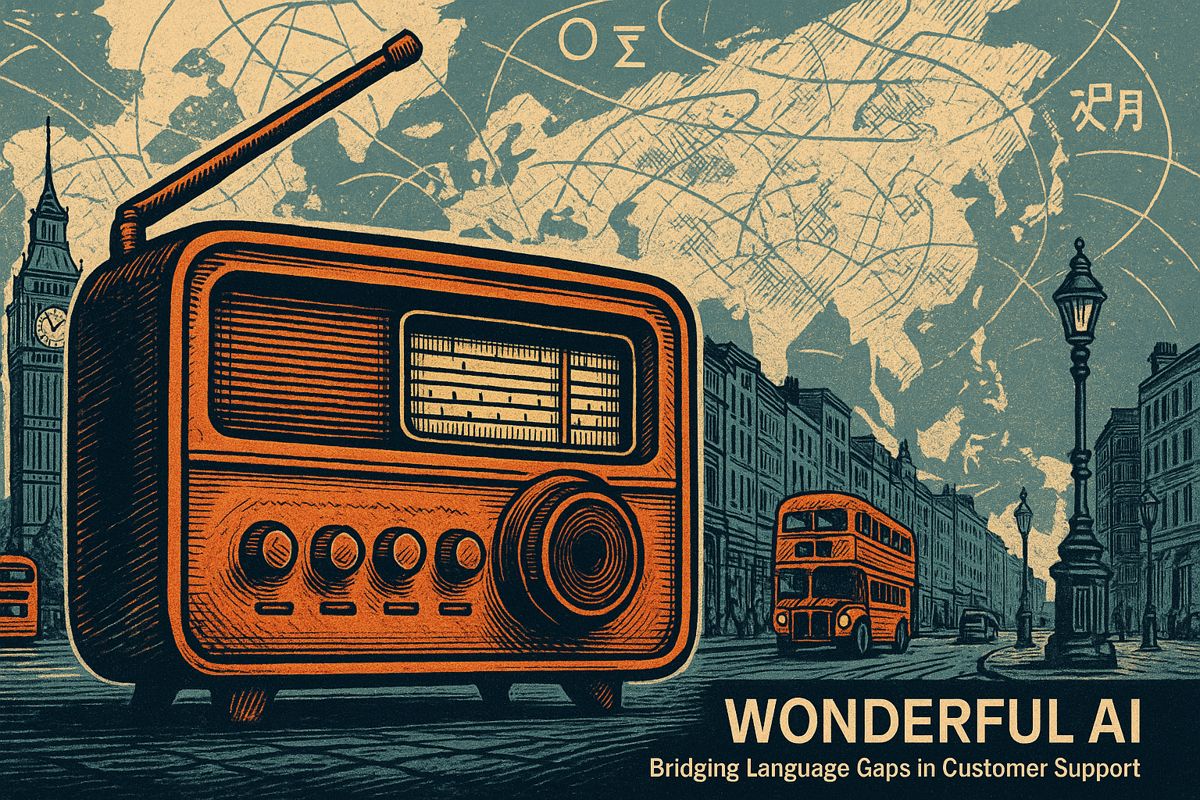Sora 2 is OpenAI’s new text-to-video tool that makes videos with lifelike audio, clearer motion, and easy creative control. Marketers can quickly make super-personalized ads, and teachers can create smart lessons in many languages. The videos have clear watermarks for safety and truth, and there are strong rules to keep things ethical and legal. People can use Sora 2 on iPhones in the US and Canada, and it’s coming soon to more places. Sora 2 helps people make better, faster videos while keeping everything safe and simple.
What are the key features and benefits of Sora 2, OpenAI’s latest text-to-video AI model?
Sora 2 by OpenAI offers synchronized audio (speech, music, effects), enhanced realism and physics, fine creative control, and visible watermarking. Marketers benefit from hyper-personalized campaigns and faster video production, while educators use adaptive, multilingual video lessons. Ethical safeguards and provenance tools are built-in.
OpenAI began rolling out Sora 2 on 30 September 2025, pairing the upgraded text-to-video model with an invite-only iOS app in the United States and Canada. Early users also gain web access through sora.com, with an API promised later. According to the launch brief from Skywork.ai, four technical shifts stand out:
Key capability jumps
| Area | Sora 1 (Feb 2025) | Sora 2 (Sep 2025) |
|---|---|---|
| Audio support | Silent video clips | Synchronized speech, music, sound effects generated alongside frames |
| Realism and physics | Occasional artifacting, jitter | Sharper motion fidelity and more stable physics across shots |
| Creative control | Prompt-level guidance | Finer steerability, scene-by-scene revisions, consistent multi-character continuity |
| Provenance | Optional metadata | Visible moving watermark plus embedded C2PA Content Credentials |
Why marketers care
• Hyper-personalized campaign variants can now include the viewer’s name, purchase history and even their own cameo avatar in a matter of minutes. Studies show that more than 80 percent of consumers prefer brands that deliver personalized experiences (TrueFan AI).
• Synchronized audio eliminates the need for separate voiceover passes, cutting post-production steps and cost. Early beta tests reported production time for a 15-second product teaser dropping from three days to under two hours.
• Built-in watermarking simplifies compliance reviews. Marketing teams can document provenance upfront rather than retro-fitting legal checks later.
Early use in learning content
Education platforms are experimenting with Sora 2 to generate adaptive video lessons that adjust pacing and language level in real time. Because the model outputs video and dialogue together, instructors can request alternative explanations mid-class without starting a new render. Multilingual generation (up to 175 languages reported in field tests) supports global cohorts while keeping asset management centralized.
Ethical and legal checkpoints
- Consent safeguards – The cameo feature still requires a verified likeness upload, but analysts warn that look-alike misuse remains possible. Legal scholars recommend pairing model outputs with automatic consent receipts stored alongside C2PA hashes.
- Evidence integrity – Lawyers note that realistic AI video complicates courtroom authentication. The permanent watermark helps, yet courts will likely mandate additional cryptographic proofs.
- Training data opacity – OpenAI has not detailed its full data pipeline. Content producers with strict licensing obligations may prefer user-supplied reference footage until transparency improves.
Practical tips before requesting access
- Check current clip length and resolution tiers inside the app. At launch, most creators receive up to 20 seconds at 1080p, with longer durations reserved for higher tiers.
- Plan for rapid iteration cycles. The stronger steerability means prompts can be tweaked scene by scene rather than restarting entire clips.
- Maintain a human review layer. Even with improved physics, uncanny artifacts still appear in complex hand gestures and fine text rendering.
Looking ahead
OpenAI signals that an API will arrive after the initial app rollout, potentially slotting Sora 2 into existing creative pipelines. For now, brands and educators experimenting with the invite build gain a head start on workflow design, prompt engineering and policy guardrails that will shape the next phase of synthetic media adoption.
What makes Sora 2 different from earlier text-to-video tools?
Sora 2 ships synchronized audio with the visuals, meaning dialogue, footsteps and background ambience are generated in one pass instead of being layered later. Clip length now reaches about 20 seconds at 1080p for paying tiers, double the consistent length of Sora 1. The model also shows stronger physics and multi-shot continuity: objects stay the same size across cuts, liquids splash naturally and characters maintain facial identity. These upgrades let marketers and educators treat the output as near-production ready rather than a rough concept.
How are brands actually using hyper-personalized video in 2025?
Early pilots show 80 % higher click-through rates when the viewer’s name, city or last purchase appears in the first three seconds of a Sora-generated clip. Agencies feed CRM data into prompts to auto-create thousands of variants for product drops, each tuned to micro-segments such as “first-time sneaker buyers in Austin.” Language localization is frictionless: one shoot becomes 175+ versions with lip-synced dubs and local backdrops, cutting global campaign cost by 65 % versus traditional crews and voice talent.
What privacy and consent guardrails come with face-and-voice “cameo” features?
Every Sora 2 export carries a moving watermark plus C2PA cryptographic metadata, letting platforms verify AI origin even after recompression. Users must record a 30-second consent clip before the model can synthesize their likeness; the voiceprint is hashed and can be revoked through the app, which triggers a takedown of downstream videos. OpenAI keeps the raw biometric data encrypted at rest and promises zero retention after opt-out, but regional laws still differ, so enterprises are advised to layer separate likeness agreements for commercial use.
Could personalized AI video erode trust in evidence and education?
Legal scholars warn that video authentication workloads in U.S. courts rose 40 % in the past year as deepfake objections become routine. On the education side, MIT’s 2025 pilot shows students retain 22 % more knowledge when lessons star an AI tutor that looks and sounds like their favorite celebrity, but professors worry the “charisma shortcut” may reduce critical thinking. The consensus: institutions must teach synthetic-media literacy as a core skill, pairing every AI clip with provenance links so learners can inspect source prompts and editing chains.
When will Sora 2 be widely available and what will it cost?
The iOS app is invite-only in the U.S. and Canada as of September 30, 2025; an API wait-list opened the same day with no public price sheet yet. Industry chatter points to tiered subscriptions: a free tier capped at 5 short clips per month, a “Pro” plan around USD 49 for 1080p/20-second renders, and an enterprise tier with custom lengths and white-label watermarks. Android and global rollout are promised for Q1 2026, but partners should budget for pilot access now to secure early slots and train teams before competitors saturate the feed.



















